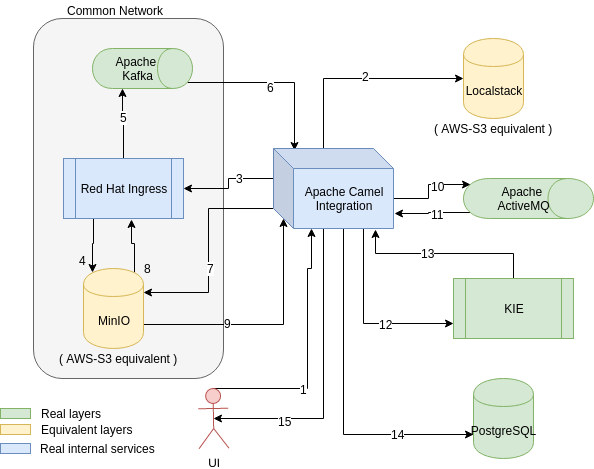Should I use Apache Camel or Apache Kafka for my next integration project? The question is very valid and comes up regularly. This blog post explores both open-source frameworks and explains the difference between application integration and event streaming. The comparison discusses when to use Kafka or Camel when to combine them, and when not to use them at all. A decision tree shows how you can quickly qualify one for the other.
The History of Application Integration and Event Streaming
My personal history and experience in application integration and event streaming are the following. It shows my background and how I see the integration and data streaming markets.


